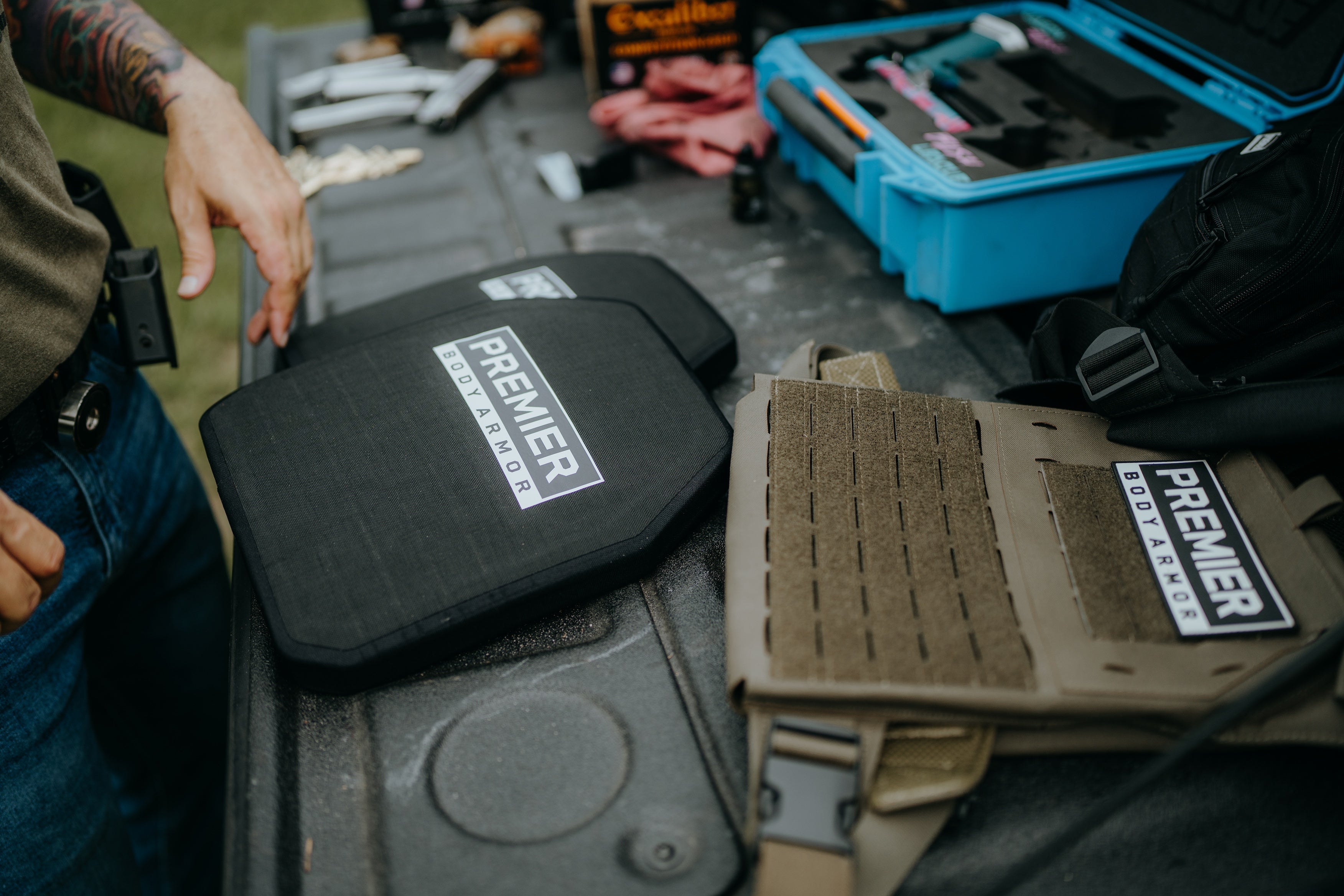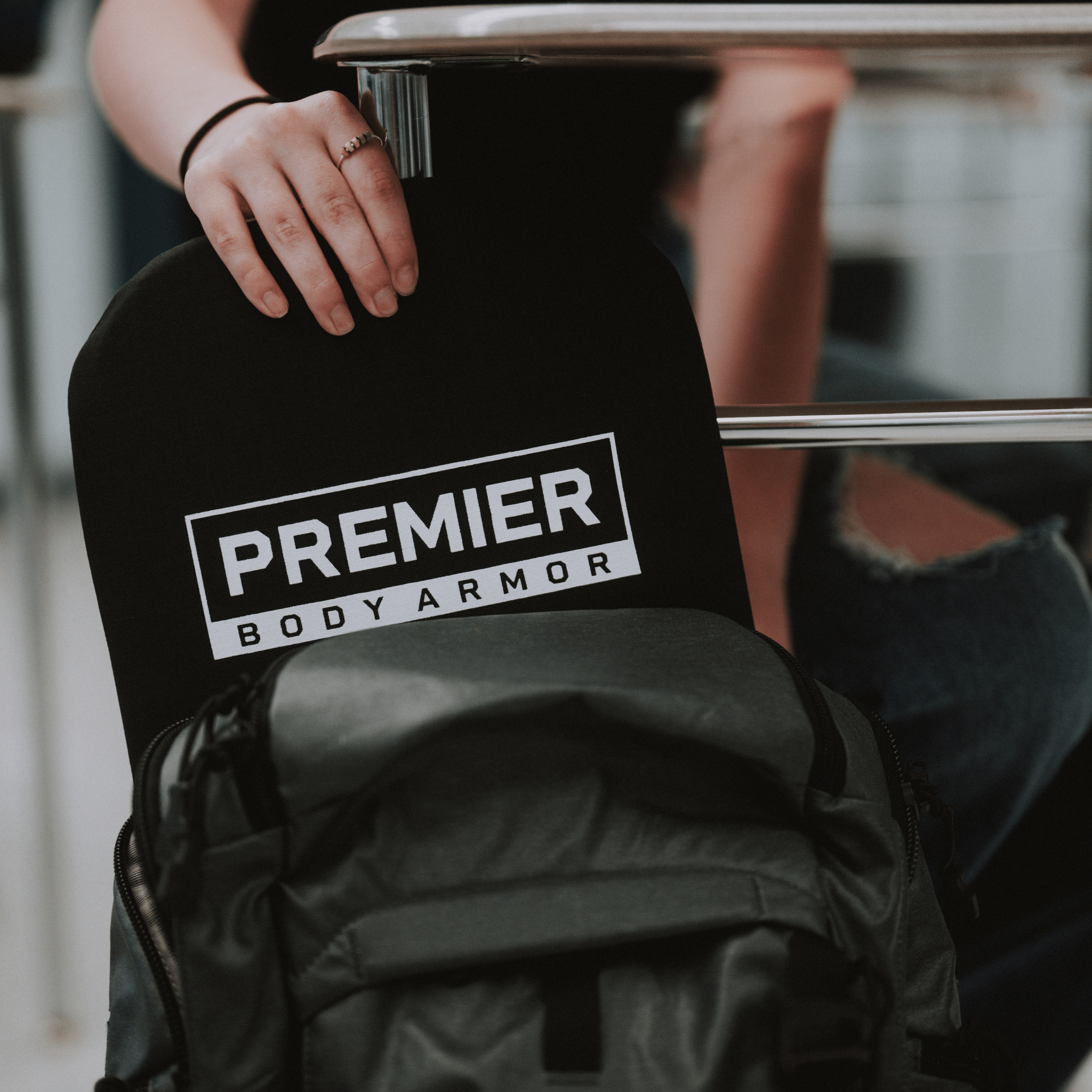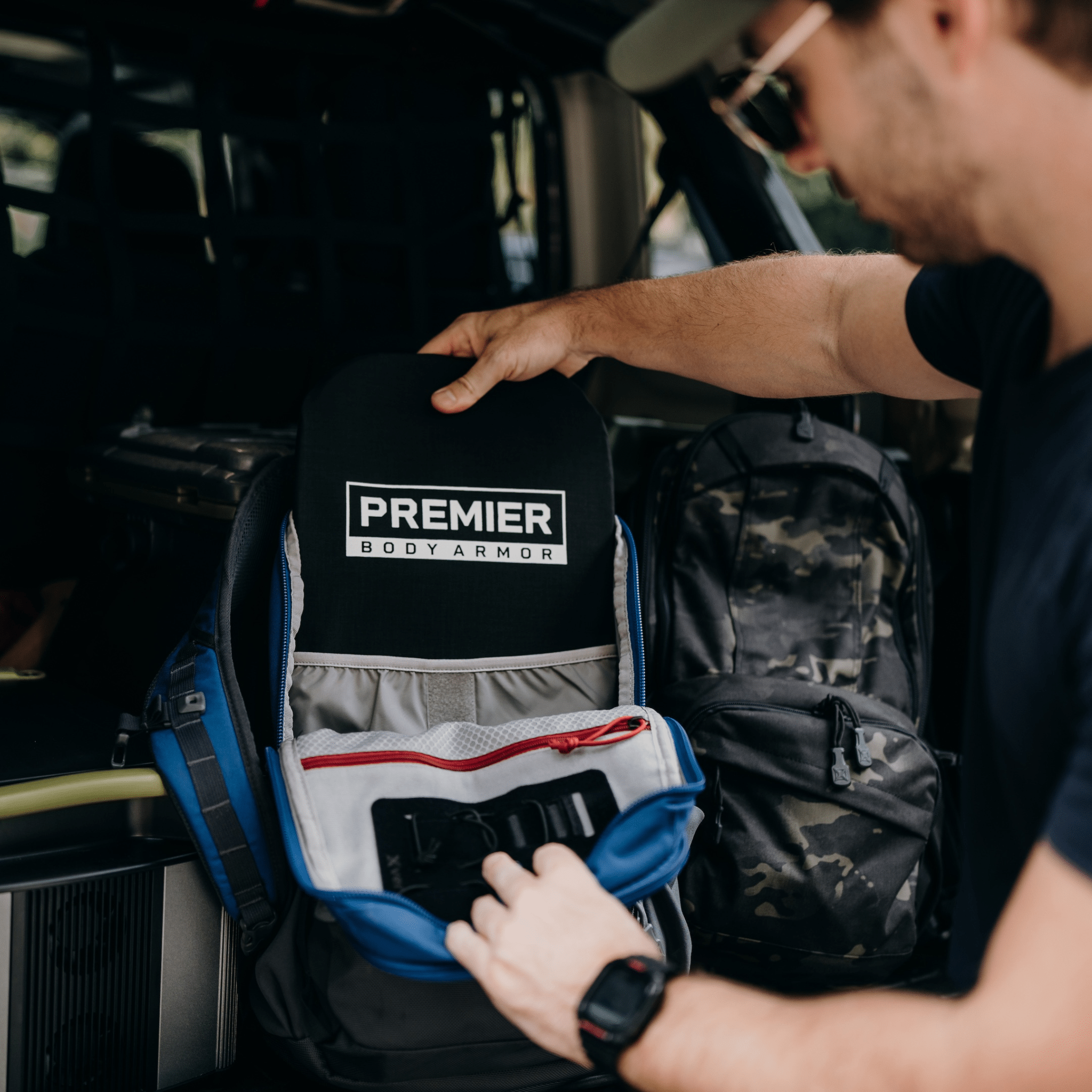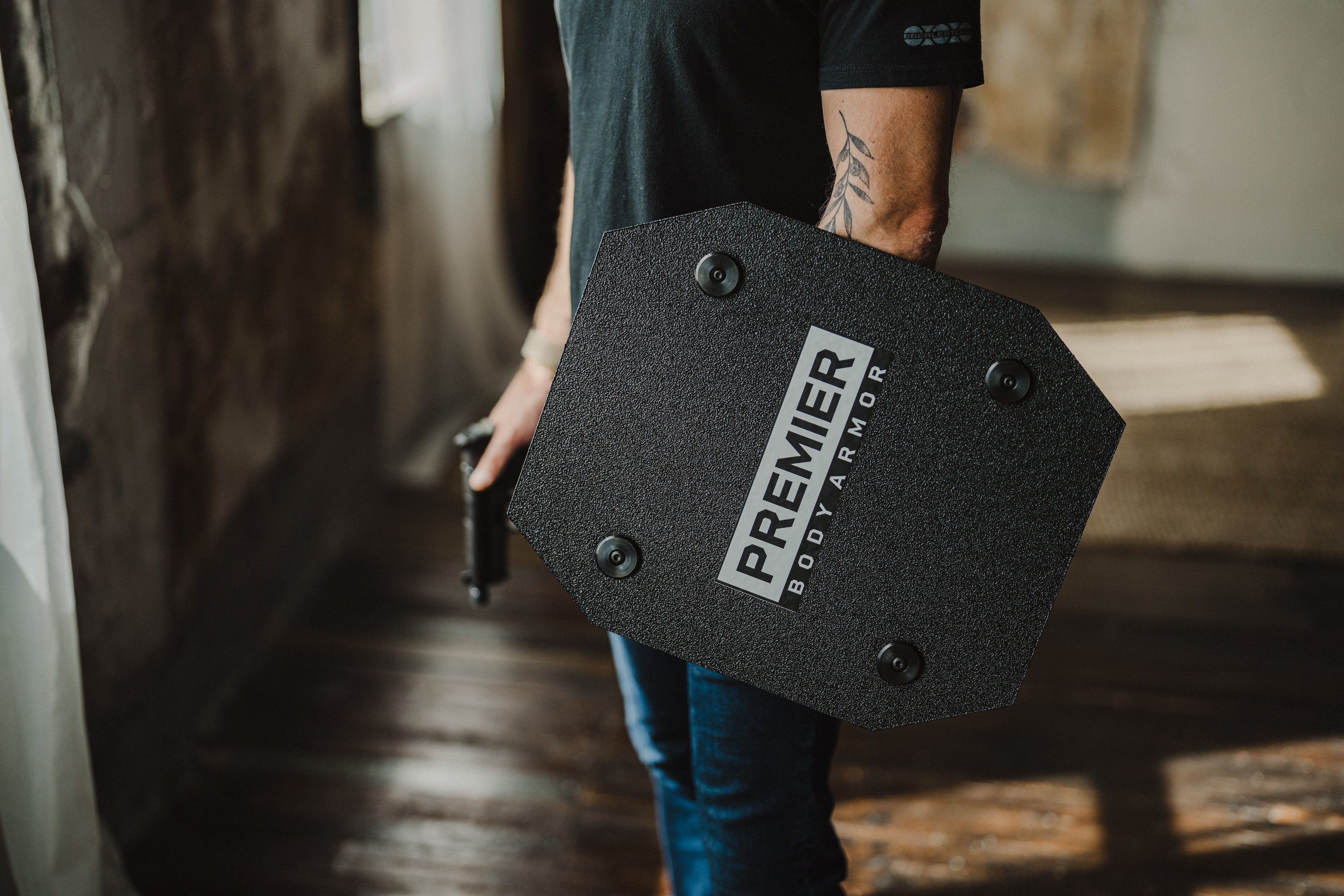The Irony of Chinese Body Armor: How Environmental Regulations Compromise Ballistic Protection
The allure of low-cost Chinese body armor is strong, but the hidden risks may outweigh the savings. On the surface, these products may seem like a bargain—offering ballistic protection at a fraction of the cost of Western alternatives.

However, there's a hidden risk that comes with body armor made in China: they may not stand the test of time. Ironically, this issue stems from China’s efforts to clean up its environmental record, which have inadvertently compromised the durability of its armor.
A closer look at one of the most critical components of modern ballistic protection, polyethylene (PE) plates, reveals how environmental regulations affect Chinese body armor. PE plates are a popular choice due to their lightweight properties and effectiveness against high-velocity projectiles.
But, not all PE plates are created equal. While Chinese-manufactured PE plates might seem like a cost-effective option, there’s a hidden risk that buyers need to be aware of—especially regarding the role that resin plays in the long-term durability of these plates.
Understanding the Role of Resin in PE Ballistic Plates
PE ballistic plates are primarily made from ultra-high-molecular-weight polyethylene (UHMWPE) fibers, which are incredibly strong and light. However, these fibers alone do not make the plate; they need to be bound together into a solid structure that can withstand the impact of ballistic threats. This is where understanding resin in ballistic protection comes into play.
Resin in ballistic plates acts as the binding agent (glue) that holds the PE fibers together, ensuring the plate can absorb and distribute the energy from a projectile. The quality of the resin is crucial—it must be strong enough to hold the fibers together under immense stress and wear and tear, while also being resistant to environmental factors like moisture and heat.
Environmental Regulations and the Shift to Water-Based Resins in Chinese Body Armor
China’s strict environmental regulations, particularly those targeting volatile organic compounds (VOCs), have forced manufacturers to move away from traditional solvent-based resins to water-based alternatives. These water-based resins are less harmful to the environment but come with significant downsides when used in ballistic protection.
Water-based resins used in ballistic plates and protective gear are more prone to absorbing moisture and are less resistant to heat. Over time, this can lead to the degradation of the resin, which compromises the integrity and long-term durability of the armor. As the resin weakens, the PE fibers are no longer held as tightly together, reducing the plate’s ability to stop bullets effectively. This poses a serious concern for the long-term reliability of Chinese-made armor.
The "Dirty Little Secret" of Body Armor Made in China
China's desire to reduce pollution and clean up its industrial practices has led to unintended consequences in the ballistic protection industry. The shift to water-based resins, required to meet stringent VOC limits, has created a "dirty little secret"—while the armor may perform adequately when new, its long-term durability is questionable.
This issue is particularly ironic given China’s reputation for industrial pollution. In an effort to curb emissions, the country has inadvertently compromised the very products designed to save lives. The use of inferior water-based resins in Chinese armor that are more vulnerable to environmental factors like moisture and heat means that even expensive Chinese-made armor may not provide reliable protection over time.
Why Reliability in Ballistic Protection Outweighs the Cost of Chinese Body Armor
For anyone considering PE armor plates, it’s essential to understand the role that resin plays in the overall effectiveness of the ballistic gear. While Chinese-made plates might offer an attractive price point, the long-term reliability of these products is questionable. The potential for resin degradation makes these plates a risky choice for anyone serious about personal protection, and is why Chinese armor may not last.
Investing in higher-quality armor that uses durable resins, resistant to environmental factors, is a more prudent decision. In situations where your life could be on the line, this is not a place to cut corners. The hidden risks of buying low-cost body armor can be far greater than the initial savings, especially when the armor fails to perform in a critical moment.
The Premier Body Armor Promise
At Premier Body Armor, we are committed to ensuring the highest level of quality and reliability in every product we offer. Our meticulous approach begins with the careful selection of the most reliable and time-tested fibers, known for their exceptional strength and durability, ensuring that our protective gear meets the highest standards of ballistic protection. We don't stop there; we monitor the entire manufacturing process from start to finish to guarantee that each piece of armor meets our rigorous standards.
To further enhance the durability and effectiveness of our ballistic protection, we exclusively use solvent-based thermosetting resins. These resins, unlike their water-based counterparts, provide superior resistance to environmental factors such as moisture and heat, ensuring that our armor remains reliable in the most demanding conditions. This commitment to quality and precision ensures that every piece of Premier Body Armor delivers the protection and peace of mind our customers expect and deserve.
Interested in learning more about how Premier Body Armor can protect you? Browse our selection of high-quality, reliable ballistic protection products today. You can also reach out to our customer service with any questions or concerns.
References
- China’s Environmental Regulations: Detailed information on China’s environmental policies can be found in the Air Pollution Prevention and Control Action Plan and GB Standards
- GB 30981-2014: This standard outlines VOC limits for paints and coatings, including those applied in protective equipment like helmets. It has been updated several times to tighten VOC restrictions.
- GB 33372-2020: A more recent standard that further reduces allowable VOC emissions from industrial coatings, compelling the use of water-based technologies.










I wonder if they continue to use the VOC-based resins for their military’s plates and the water-based resins are only for the export market.
Leave a comment